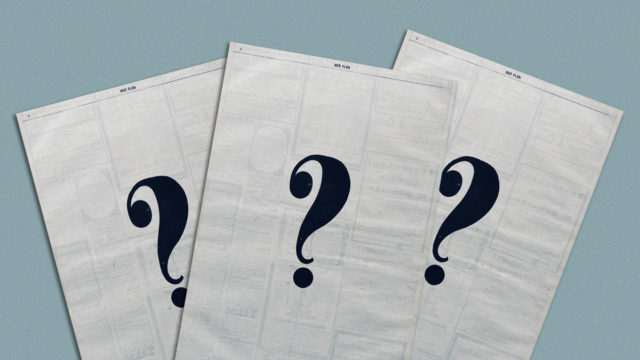Mark your calendar for Mediaweek, October 29-30 in New York City. We’ll unpack the biggest shifts shaping the future of media—from tv to retail media to tech—and how marketers can prep to stay ahead. Register with early-bird rates before sale ends!
What do a feature on Taylor Swift, a profile of Sam Altman and a piece about the James Webb telescope all have in common? Last year, all three Time stories were deemed unsafe for brands to advertise against.
The issues came from brand safety technology errantly flagging broad swaths of Time’s reporting as unsuitable for advertising, said CEO Jessica Sibley to a crowd of marketers at the Possible conference in Miami.
Time is not alone, publishers have increasingly called for an overhaul of the so-called brand safety industry, and measurement company DoubleVerify recently apologized for misreporting brand safety scores on X. However, Time has lately been particularly vocal about the problem.
In most instances, certain words trip the brand safety filters that advertisers use to avoid divisive content. These filters often claim that their technology takes into account the context of the language, but in each example Sibley shared, they failed to do so.
The story about the James Webb telescope, for instance, was demonetized because it described the death of a star as violent. Similarly, Taylor Swift’s Person of the Year feature—her first interview in five years—was classified as non-inclusive of women because of language related to feminism, according to Sibley.
“With the Sam Altman story, he did his first public interview with us after being fired and rehired by OpenAI,” Sibley said. “If that is the kind of reporting that gets demonetized, that is a problem for journalism and for the public more broadly.”
Measurement brand safety more visibly
Time partnered with the measurement startup Mobian six months ago to help address some of the problems, like false brand safety flags, that stem from broken measurement systems.
Mobian, which was created by Moat founder Jonah Goodhart, gathers several key metrics that advertisers use to monitor campaign performance and compiles them into a single score.
It does not address the root cause of false brand safety alerts, but it does include brand safety ratings in its score, said Time chief operating officer Mark Howard. This makes brand safety considerations more visible in conversations between publishers and advertisers.
Mobian and Time ran a case study on the Swift’s Person of the Year feature, which showcased several of the metrics that Mobian analyzes. Among other data, Mobian tracked the reach of the story, the household income of its audience, reader sentiment, the viewability of ads and the performance lift of the campaign.
The feature was the most popular article of the year for Time, generating 89.2 million visits in December, with an average time spent of 10:42, according to Mobian data. These sessions generated an average in-view time for ads on the page of 29.8 seconds, and video ads on the page had a 86.4% completion rate.
By working with measurement firms like Mobian, Time and other publishers can bring more transparency to advertisers about how their campaigns are performing, which can help to address problems like brand safety oversights.
“As much as we love technology, we also need humans involved,” Sibley said. “We need another layer beyond the data that can verify what is real and what is not.”









